
Does glabrous skin epilator cause stubble?
Introduction:
Epilators have become a popular choice for hair removal, offering an alternative to traditional methods such as shaving or waxing. When it comes to epilating glabrous skin, which refers to areas of the body where the skin is naturally hairless, there may be concerns about the occurrence of stubble. Stubble refers to the short, prickly hairs that can appear after hair removal. In this guide, we will explore the use of epilators on glabrous skin and whether they can cause stubble. We will discuss the factors that contribute to stubble, the effectiveness of epilation on glabrous skin, and tips to minimize the appearance of stubble. By understanding these factors, you can make an informed decision about using an epilator on glabrous skin and achieve smooth, hair-free results.
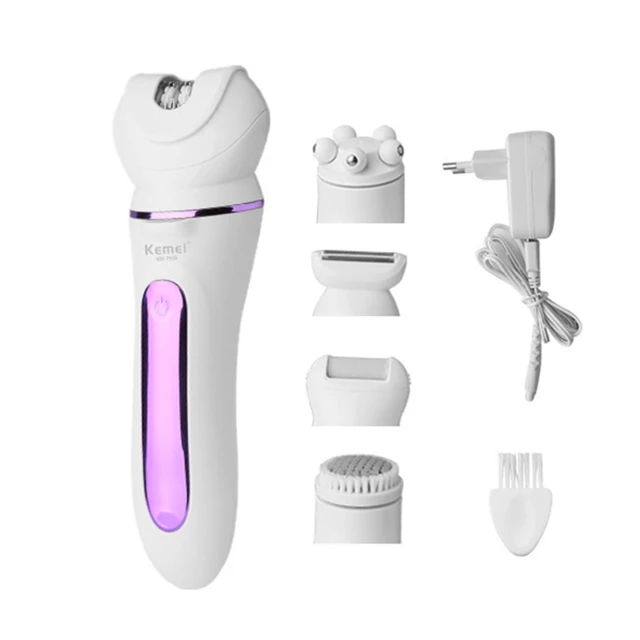
Does glabrous skin epilator cause stubble?
Understanding Stubble Formation:
To understand if an epilator can cause stubble on glabrous skin, it is important to understand the factors that contribute to stubble formation:
a. Hair Growth Cycle: Hair grows in cycles, with individual hairs going through active growth, resting, and shedding phases. When hair is removed, it is likely that not all the hair is in the same growth phase. As a result, some hair may regrow faster than others, leading to the appearance of stubble.
b. Hair Length: Stubble can occur when hair is cut or removed at a length that is too short for it to be fully removed from the follicle. In such cases, the remaining portion of the hair can continue to grow, resulting in stubble.
c. Hair Thickness: The thickness and coarseness of the hair can also contribute to the appearance of stubble. Thicker hairs may be more noticeable and feel pricklier after removal.
d. Hair Color: The color of the hair can affect the perception of stubble. Darker hair may appear more pronounced and stubbly compared to lighter hair.

Epilation on Glabrous Skin:
When it comes to using an epilator on glabrous skin, the effectiveness and potential for stubble can vary depending on several factors:
a. Hair Type and Density: While glabrous skin is naturally hairless, some individuals may still have fine, light-colored vellus hairs on glabrous areas. Epilators can effectively remove these fine hairs, resulting in smooth skin without stubble. However, if the epilator is used on areas with coarser or thicker hair, there is a higher likelihood of stubble.
b. Hair Length: Epilators work by grasping multiple hairs simultaneously and removing them from the root. To achieve optimal results, the hair should be long enough for the epilator to grip effectively. If the hair is too short, the epilator may not be able to fully remove the hair, leading to stubble.
c. Technique and Proper Use: Proper technique and use of the epilator are essential to minimize stubble. It is important to hold the epilator at the correct angle, move it against the direction of hair growth, and ensure that the epilator head makes full contact with the skin to effectively remove the hair.

Minimizing Stubble After Epilation:
While it may not be possible to completely eliminate stubble after epilation, there are several tips and techniques that can help minimize its appearance:
a. Exfoliation: Regular exfoliation helps remove dead skin cells and can prevent or reduce the occurrence of ingrown hairs. Exfoliating the skin before and after epilation can promote smoother, more even regrowth and minimize the appearance of stubble.
b. Proper Hair Length: To achieve optimal results, ensure that the hair is the appropriate length for epilation. Follow the manufacturer’s instructions or guidelines to determine the recommended hair length for effective hair removal.
c. Consistent Epilation: Regular and consistent use of the epilator can help maintain smoother skin. By removing hair at regular intervals, you can prevent hair from regrowing unevenly and reduce the visibility of stubble.
d. Moisturization: Keeping the skin well-moisturized can help soften the regrowth of hair and minimize the appearance of stubble. Apply a moisturizer or lotion to the skin after epilation to maintain its smoothness and reduce any potential irritation.
e. Post-Epilation Care: After using an epilator, it is important to avoid activities that may irritate the skin or cause ingrown hairs. This includes wearing tight clothing, using harsh chemicals or cosmetics on the epilated area, or exposing the skin to excessive heat or friction.
Personal Factors and User Experience:
It is essential to keep in mind that individual experiences with epilation may vary. Factors such as skin sensitivity, hair type, and personal preferences can influence the perception of stubble after epilation. Some individuals may have a higher tolerance for the appearance of stubble, while others may find it more bothersome. It is important to adjust expectations and find a hair removal method that aligns with personal preferences and concerns.
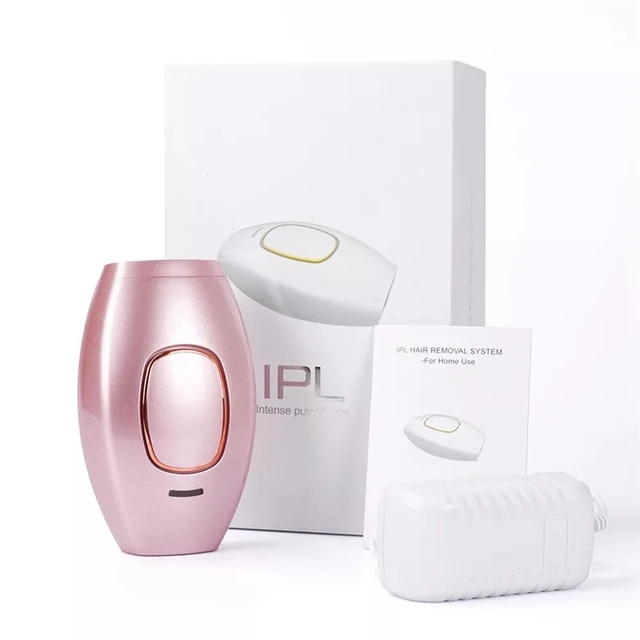
Alternatives to Epilation:
If the appearance of stubble after epilation is a concern, there are alternative hair removal methods that may be worth considering:
a. Waxing: Waxing involves applying hot or cold wax to the skin and removing it along with the hair. Waxing can provide longer-lasting results compared to shaving or epilation and may result in slower hair regrowth.
b. Laser Hair Removal: Laser hair removal uses laser technology to target and destroy hair follicles, resulting in long-term reduction or removal of hair. This method can be more costly and may require multiple sessions, but it can provide significant reduction in hair growth.
c. Depilatory Creams: Depilatory creams dissolve the hair shaft, allowing easy removal of hair from the skin’s surface. These creams can provide temporary hair removal, but regrowth may occur relatively quickly, similar to shaving.
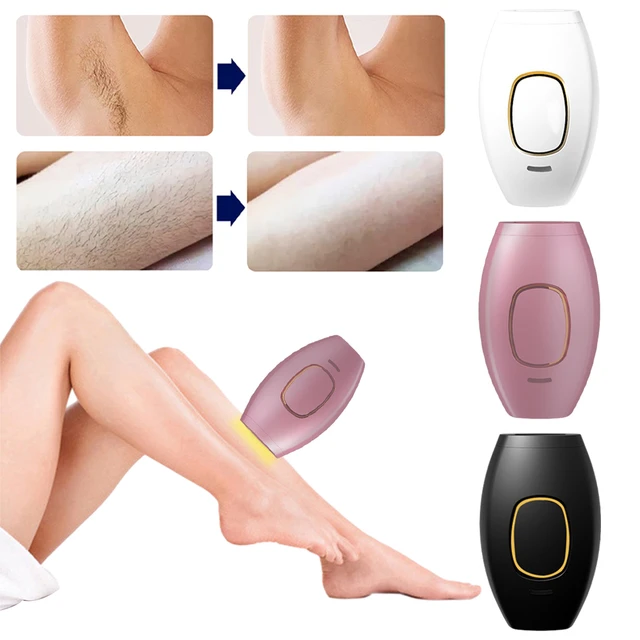
Conclusion:
The use of an epilator on glabrous skin can effectively remove fine vellus hairs and provide smooth results. While some individuals may experience stubble after epilation, this can be influenced by factors such as hair type, density, and technique. Proper use of the epilator, maintaining the appropriate hair length, and following post-epilation care can help minimize the appearance of stubble. Additionally, considering alternative hair removal methods may be suitable for those who are particularly concerned about stubble. Ultimately, personal preferences and individual experiences will play a role in determining the most suitable hair removal method for maintaining smooth, hair-free glabrous skin.




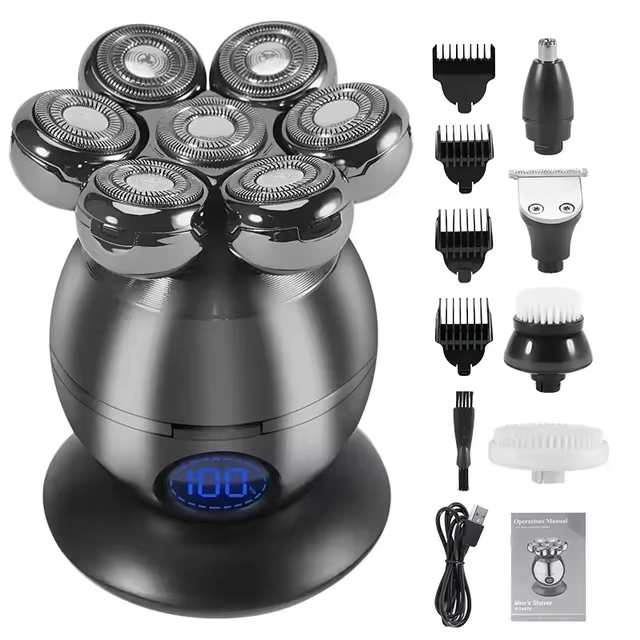
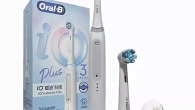
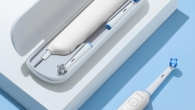
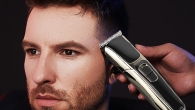
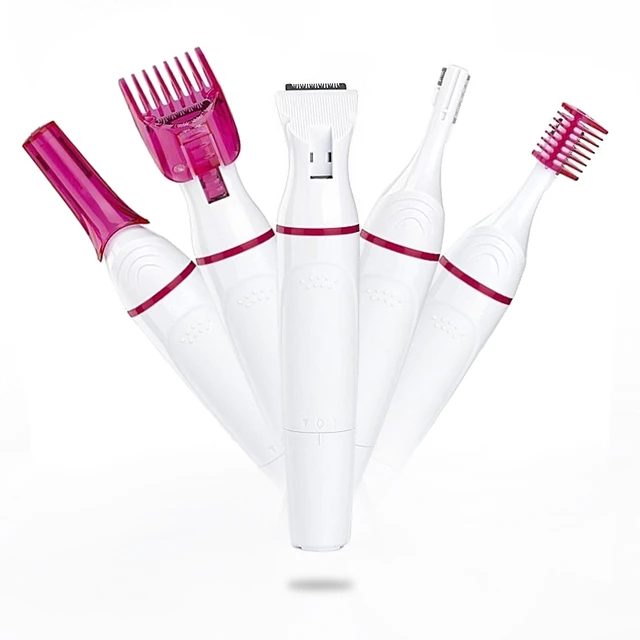
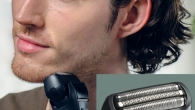
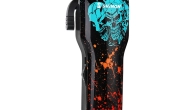
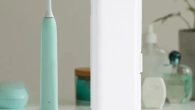
Leave a Reply
You must be logged in to post a comment.